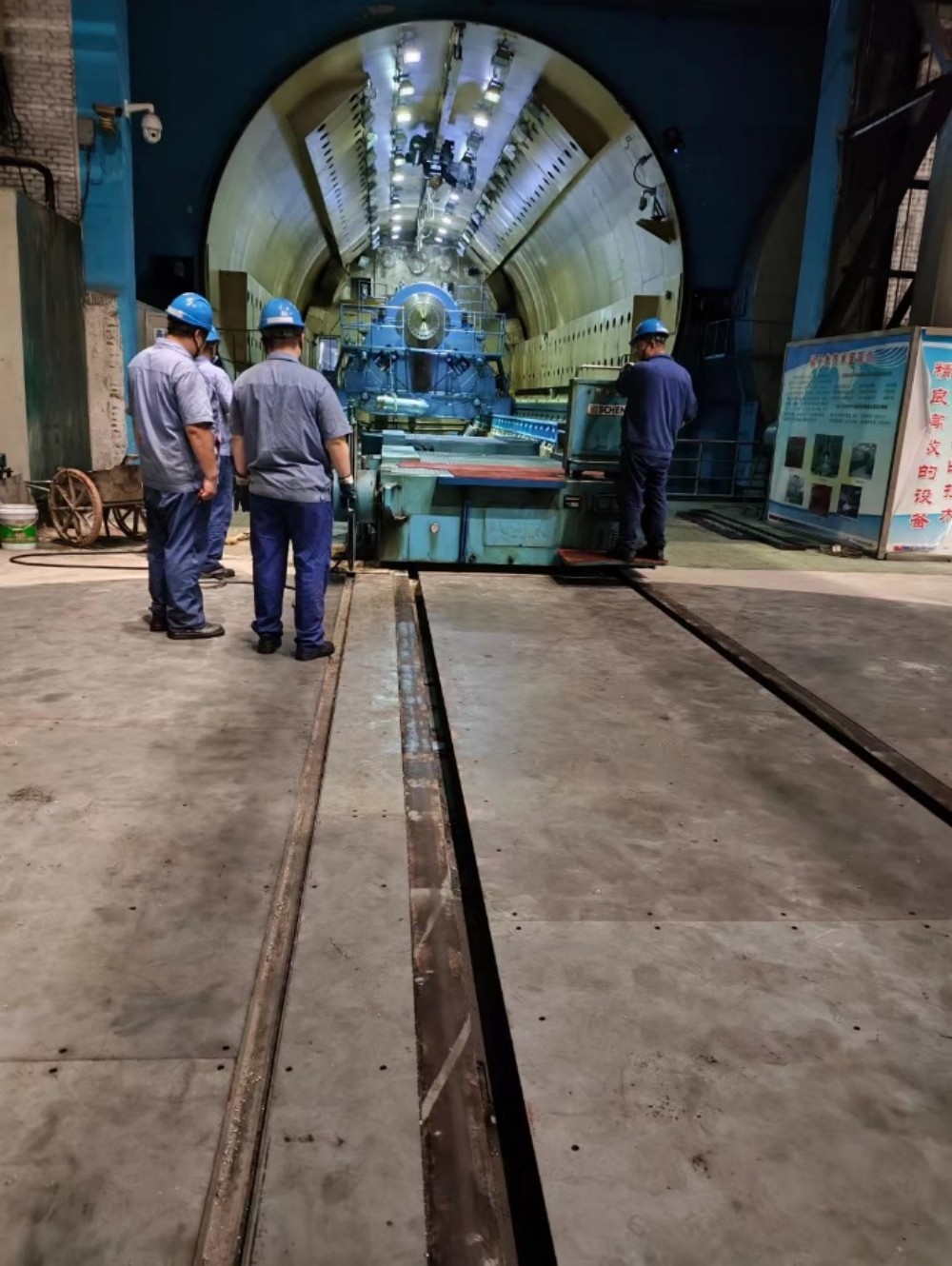Mechanical ventilation plays a crucial role in providing life-saving support for patients with respiratory failure or compromised lung function. Understanding the different types of mechanical ventilation is essential for healthcare professionals and researchers in the field. In this article, we will delve into the four main types of mechanical ventilation, their applications, benefits, and considerations.
- Positive Pressure Ventilation (PPV):
Positive Pressure Ventilation is the most commonly used form of mechanical ventilation. It involves delivering pressurized air or oxygen into the patient's lungs through an endotracheal tube or a tracheostomy. This method helps to inflate the lungs, improve oxygenation, and remove carbon dioxide. PPV can be further classified into two subtypes: volume-controlled ventilation (VCV) and pressure-controlled ventilation (PCV).
- Volume-Controlled Ventilation (VCV): In VCV, a set tidal volume is delivered to the patient with each breath. This method is useful for patients with normal or stiff lungs, as it ensures a consistent and controlled delivery of air.
- Pressure-Controlled Ventilation (PCV): PCV delivers air at a set pressure, allowing for better control over peak airway pressures. It is commonly used in patients with acute respiratory distress syndrome (ARDS) or those requiring lung protective strategies.
- Negative Pressure Ventilation (NPV):
Negative Pressure Ventilation involves creating a vacuum around the patient's chest, which expands the lungs and draws air in. This method is less commonly used today but was historically employed in iron lung machines. NPV is primarily used for patients with neuromuscular diseases or spinal cord injuries, where the respiratory muscles are weakened. - High-Frequency Oscillatory Ventilation (HFOV):
High-Frequency Oscillatory Ventilation is a specialized form of mechanical ventilation that delivers very rapid breaths at low tidal volumes. It helps to maintain lung recruitment and oxygenation while minimizing the risk of ventilator-induced lung injury. HFOV is often used in neonatal intensive care units (NICUs) for premature infants with respiratory distress syndrome. - Airway Pressure Release Ventilation (APRV):
Airway Pressure Release Ventilation is a unique mode of mechanical ventilation that allows for spontaneous breathing throughout the respiratory cycle. It involves alternating between two pressure levels: a high pressure to recruit alveoli and a lower pressure to facilitate expiration. APRV is beneficial for patients with severe lung injury, as it improves oxygenation and reduces ventilator-associated lung injury.
Conclusion:
Mechanical ventilation is a critical intervention in managing patients with respiratory failure. Understanding the four types of mechanical ventilation - Positive Pressure Ventilation, Negative Pressure Ventilation, High-Frequency Oscillatory Ventilation, and Airway Pressure Release Ventilation - is essential for healthcare professionals. By tailoring the ventilation strategy to the patient's specific needs, we can optimize outcomes and improve patient care.





